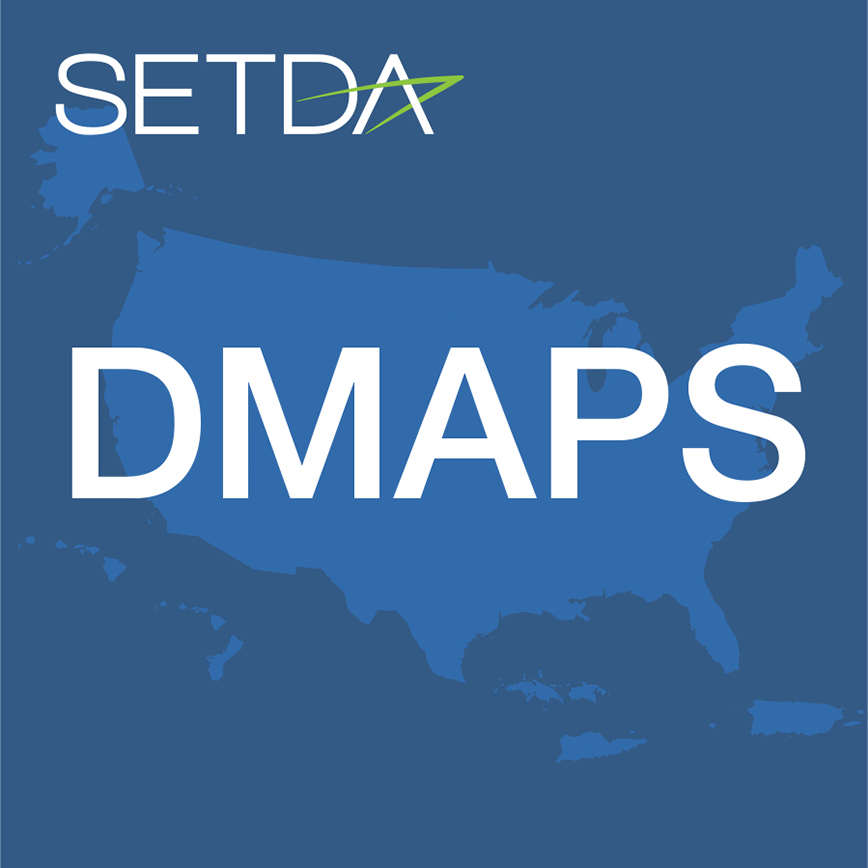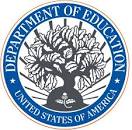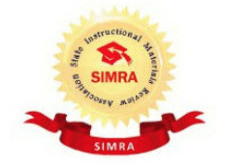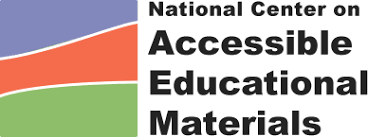Table of Contents
Policies
-
Funding
Fifteen states have dedicated state funding for digital instructional materials and 12 states have dedicated state funding for devices. Most states report that districts also use local funds for the acquisition of digital instructional materials. A majority of states indicated that districts also collaborate with each other and partner with non-profit organizations to acquire digital tools and resources. Nineteen states report that districts within their state leverage state purchasing contracts.
North Carolina states it is the intent of the General Assembly to transition from funding for textbooks, both traditional and digital, to funding for digital materials, including textbooks and instructional resources, to provide educational resources that remain current, aligned with curriculum and effective for all learners.
In South Carolina, the state legislature provides funding for core instructional materials adopted by the state. Districts and schools must use local funds for the purchase of supplemental materials.
Key Questions
- Do you have dedicated funding for the acquisition of instructional materials?
- Do schools have additional, discretionary funds for instructional materials?
- What are the differences between funding core materials versus supplemental materials?
- What are the costs for purchased digital materials?
-
State education leaders have advocated for digital and blended learning environments for many years, and now, national legislation defines digital learning and blended learning in the Every Student Succeeds Act (ESSA).
Digital Learning
“Any instructional practice that effectively uses technology to strengthen a student’s learning experience and encompasses a wide spectrum of tools and practices.”Blended Learning
“A formal education program that leverages both technology-based and face-to-face instructional approaches”As evidenced in ESSA, national leaders are recognizing the benefits of digital instructional materials and resources to support student learning. Technology is woven throughout the legislation, including assessment, accountability and school improvement. The Center for Digital Education’s Guide ESSA, EdTech and the Future of Education policy handbook provides insight into the changes in ESSA related to technology. ESSA supports professional development and capacity building for technology, encourages the use of technology in comprehensive approaches to teaching and learning, and provides states and districts with the flexibility to include technology in a range of initiatives. The National Education Technology Plan (NETP) calls for a “revolutionary transformation rather than evolutionary tinkering” in education and recognizes that we must leverage technology to provide engaging and powerful learning experiences for all students.
-
State Policies & Practices
With the shift to digital instructional materials, a plurality of states have statutes that either require or allow the implementation of digital instructional materials for students learning. Currently, six states require the implementation of digital instructional materials, with 30 states indicating that they allow the implementation of digital instructional materials.
Adoption Policy
Currently, twenty-four states have a state statute for the adoption of instructional materials. States may adopt materials for all grade levels and content areas or only specific grade levels and content areas. Even in states with instructional materials adoption policies, most districts maintain local control and select the instructional materials that best meet the needs of their students. The state adoption process is a resource for districts, which can be especially valuable in smaller districts that may lack the human capacity to conduct extensive reviews of materials.
As you begin your planning process, determine what state policies and practices and state learning standards govern the selection of instructional materials. SETDA’s Digital Instructional Materials Acquisition Policies for States (DMAPS) is an excellent resource to find out about policies in your state.
Key Questions
- What is your adoption policy for textbooks?
- What is your adoption policy for digital instructional materials?
- What are the requirements for digital instructional materials implementation?
- Do you have policies about OER?
- Do you have legislated subject area instruction?
- Do you have specific accessibility policies or requirements?
- Do you have bias and sensitivity review requirements?
- What are your targeted learning standards?
- What are your recommended frameworks for the subject areas under consideration.
-
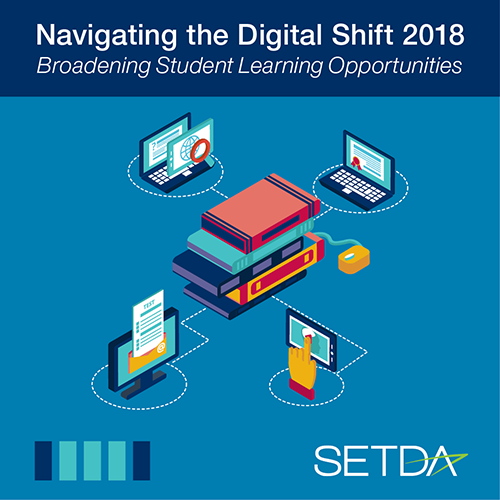
Navigating the Digital Shift 2018
With the transformation to digital learning, more and more states are enacting policies and guidelines to support the implementation and utilization of digital instructional materials, applications and resources. This publication highlights how state policies and guidance are supporting the transformation to digital learning, specifically the policies and processes around the selection, curation, procurement and funding of digital instructional materials.
-
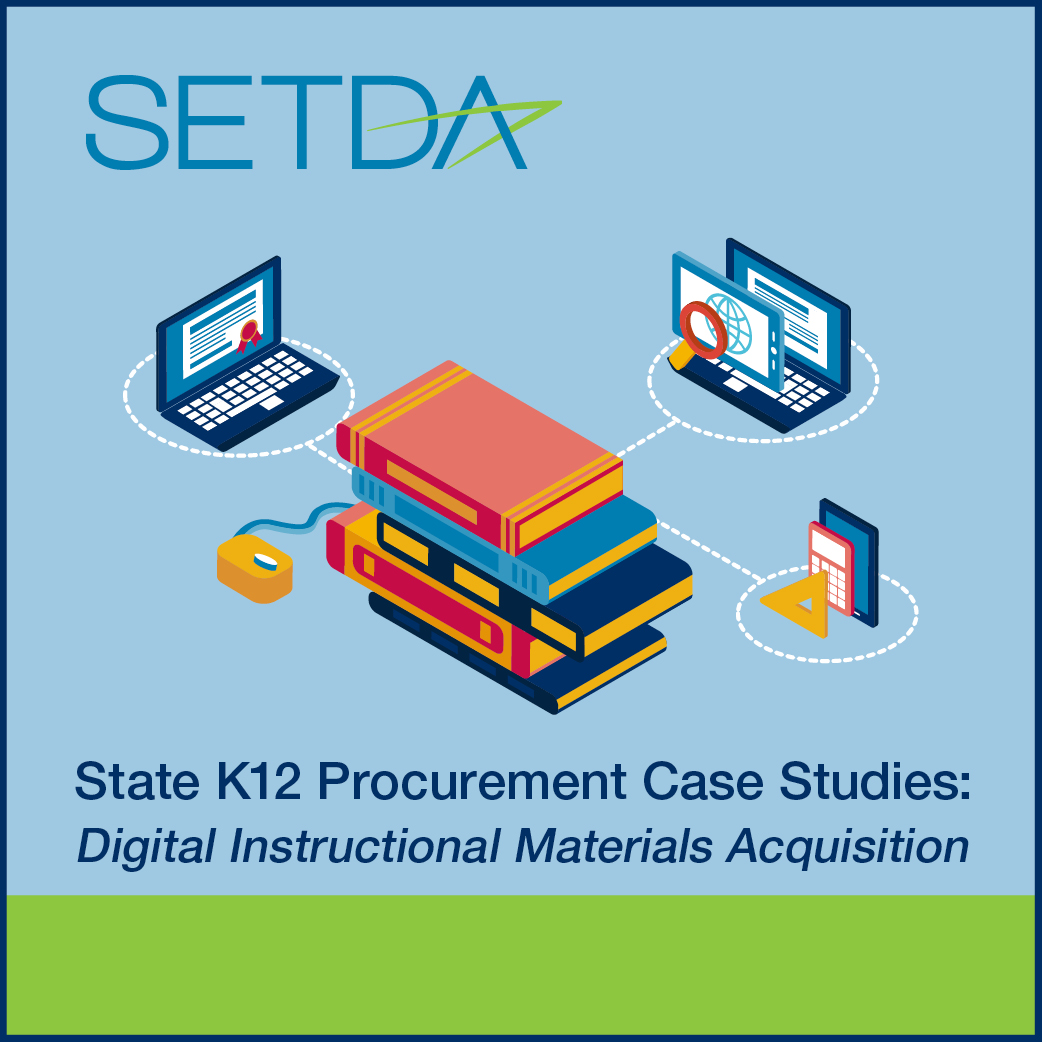
State Procurement Case Studies
Developed in collaboration with state and district digital learning leaders, instructional materials directors, procurement offices and academic officers, this publication highlights state level procurement case studies that share how states have effectively established and implemented policies for the procurement of high quality instructional materials and devices.
-
Policy Recommendations
As digital content nears the tipping point into mainstream adoption and use, states and districts must plan for and invest in updated and improved systems for the quality assessment of instructional materials.
Adapted from: Ensuring the Quality of Digital Content for Learning -
Traditional approaches for assuring the quality of print textbooks and other full-course instructional materials typically involve significant work over many months, using a variety of established standards and measures, with formal systems of peer review and expert assessment.
Key Steps
- Establish Adoption Cycle: The State Board of Education, or designated entity, creates an adoption cycle for subjects in the state’s core curriculum to ensure that they are reviewed periodically (usually over a defined period of years).
- State Proclamation/Call for New Materials: The State Board of Education, or designated entity, publishes a request for standards-aligned, accurate materials in a given subject and grade level (with given specifications, including for example, accessibility requirements).
- Bidders Conference: Interested parties convene for a question and answer session about the proclamation’s focus and requirements.
- Initial Materials Development and Submission: Publishers create materials consistent with the proclamation’s requirements and submit them to the state agency.
- Expert Panel Review: The state agency identies expert educators from across the state in the relevant subject area at issue in the proclamation to serve on a review committee. They analyze the material for alignment to state standards and identify factual errors. After an initial period of independent review, experts are convened to make consensus decisions about whether the content meets the state’s needs or falls short in certain areas, and to identify further questions for the publishers.
- Publishers’ Response and Committee Recommendation: Publishers respond to the review committee’s questions and requirements. If the committee accepts the publisher’s response, it will recommend that the State Board of Education or relevant authority put the material on the state approved content list.
- Public Comment and Action: The State Board (or other entity) considers the committee’s recommendation, including inviting public input, and then adopts or rejects the content.
This approach, and the quality assurance process timeline, varies somewhat state-by-state, but this model’s core elements appear in most jurisdictions.
Reference: Ensuring the Quality of Digital Content for Learning
-
District & School Policies
After reviewing your state policies and procedures, you need to review your district/school policies.
Key Questions
- Does your district/school have a definition for instructional materials?
- Does your district/school have a definition for digital instructional materials?
- Does your district/school have a definition for OER?
- Does your district/school have policies guiding selection and adoption of instructional materials?
- Does your district/school have procurement requirements for instructional materials?
- Are policies different for core materials versus supplemental materials?
- How are you funding the acquisition of instructional materials?
-
With the shift from print to digital, education leaders must proactively consider the accessibility of digital resources for all students, including students with disabilities.If accessibility features are not designed into digital materials, it will be difficult or impossible for some students to use them due to a range of physical, sensory and/or cognitive disabilities. If materials cannot be used by these students, their ability to learn and achieve will be adversely effected.
As required by federal statutes, including IDEA and civil rights legislation, state and local education agencies must ensure that students who need accessible materials and technologies receive them in a timely manner. Timely manner is generally defined as “at the same time other students receive their materials.
SETDA recommends that states and districts meet federal requirements by including accessibility in policies regarding the development, distribution/sharing and use of digital materials and technologies to improve the learning experiences of ALL students. Policies should include:
- Establishing a clear vision for the use of accessible digital learning materials and communicating that vision to relevant stakeholders, including content creators and content users.
- Ensuring digital materials procured from commercial and free sources meet accessibility standards, such as WCAG 2.0 (minimum level AA compliance) and Section 508 of the Rehabilitation Act.
- Supporting the development and use of accessible open educational resources to maximize flexibility
- Requiring that customization options be available for educators to personalize learning and meet individual student needs.
- Providing educators with professional learning opportunities on the proper use of accessible educational materials.
- Ensuring that educators have access to online repositories of quality accessible digital content.
- Investing in research and evaluation to assess the impact of accessible digital learning materials on student achievement and engagement and to share best practices
- Investing in research and evaluation to assess the impact of accessible digital learning materials on student achievement and engagement and to share best practices.
Key Definitions
Accessible educational materials (AEM) are print- and technology-based educational materials, including printed and electronic textbooks and related core materials that are designed or enhanced in a way that makes them usable across the widest range of learner variability, regardless of format (e.g. print, digital, graphic, audio, video).
IDEA (Individuals with Disabilities Education Act) specifically focuses on the provision of accessible print instructional materials in the specialized formats of braille, large print, audio, and digital text to students who need them in a timely manner.
WCAG (Web Content Accessibility Guidelines) provides a wide range of recommendations for making web content more accessible for people with disabilities and more usable in general.
-

Bookshare: A Benetech Initiative
Bookshare® is the world’s largest accessible online library for people with print disabilities. Bookshare serves users around the world and ensures that content is available to people with print disabilities at the same time as their peers.
-
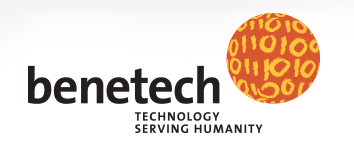
Build Accessible Coursework
Learn how to improve the accessibility of the content you create for your students.
-

Buy Accessible: What to look for in ebooks
Are you buying ebooks that all students can read? Not all ebooks are accessible to students with print disabilities and knowing what to look for can help your textbook procurement staff make the best decisions for all students.
-
SETDA Policy Brief – Accessibility of Digital Content
As states and districts shift from print to digital content, education leaders must proactively consider the accessibility of digital content for all students, including students with disabilities. This issue brief provides recommendations for state and district policy regarding the development, use and distribution and sharing of digital tools to improve the learning experiences of all students.
-

The Palm Initiative
The AEM Center at CAST has launched the PALM Initiative (Purchase Accessible Learning Materials) to ensure that materials used in the classroom are designed to be useable by all students. This requires adjustments in the way materials are purchased, and that, in turn, will drive the availability of more flexible and accessible learning materials in the […]

